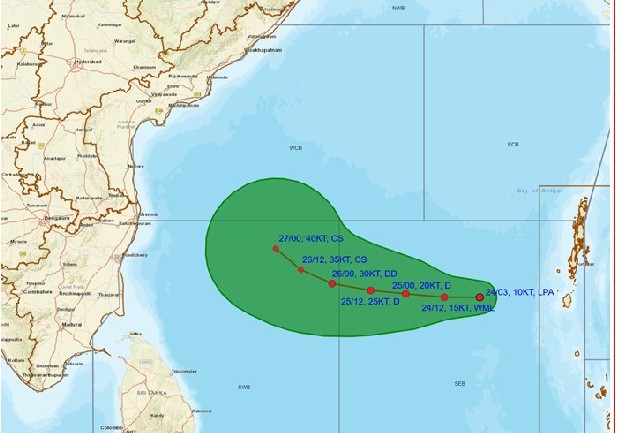New Delhi: In a boost to India’s renewable energy ambitions, the Union Cabinet, chaired by Prime Minister Narendra Modi, has approved the Viability Gap Funding (VGF) scheme for offshore wind energy projects. The scheme entails a total outlay of Rs. 7453 crore, including Rs. 6853 crore for the installation and commissioning of 1 GW of offshore wind energy projects (500 MW each off the coasts of Gujarat and Tamil Nadu), and a grant of Rs. 600 crore for the upgradation of two ports to meet the logistical requirements of these projects.
The VGF scheme marks a major step in implementing the National Offshore Wind Energy Policy, which was notified in 2015. The policy aims to harness the vast offshore wind energy potential within India’s exclusive economic zone. Government support through VGF will reduce the cost of power from offshore wind projects, making them viable for purchase by distribution companies (DISCOMs). The projects will be developed by private developers selected through a transparent bidding process, while the Power Grid Corporation of India Ltd (PGCIL) will construct the power evacuation infrastructure, including offshore substations. The Ministry of New and Renewable Energy, as the nodal ministry, will coordinate with various ministries and departments to ensure the scheme’s successful implementation.
The construction and operation of offshore wind energy projects require specific port infrastructure to handle the storage and movement of heavy and large-dimension equipment. Under the scheme, two ports will receive support from the Ministry of Ports, Shipping and Waterways to meet these requirements, facilitating the development of offshore wind energy.
Offshore wind energy offers several advantages over onshore wind and solar projects, including higher adequacy and reliability, lower storage requirements, and higher employment potential. The development of the offshore wind sector will lead to economy-wide benefits, attracting investments, fostering indigenous manufacturing capabilities, creating employment opportunities across the value chain, and advancing technology development in the country. This will also contribute significantly to India’s energy transition targets.
The successful commissioning of 1 GW of offshore wind projects is expected to produce approximately 3.72 billion units of renewable electricity annually, resulting in an annual reduction of 2.98 million tons of CO2 equivalent emissions for a period of 25 years. The scheme not only aims to kick-start offshore wind energy development in India but also seeks to create the necessary ecosystem to support ocean-based economic activities. This ecosystem is projected to support the development of an initial 37 GW of offshore wind energy, with an investment of about Rs. 4,50,000 crore.





